When an aggressive cancer launches an invasion on the human body, anything that can be done to slow down or better understand that fast-paced assault is going to be a bonus.
Tag: High Flux Isotope Reactor
Researchers demonstrate novel technique to observe molten salt intrusion in nuclear-grade graphite
In response to a renewed international interest in molten salt reactors, researchers from the Department of Energy’s Oak Ridge National Laboratory have developed a novel technique to visualize molten salt intrusion in graphite.
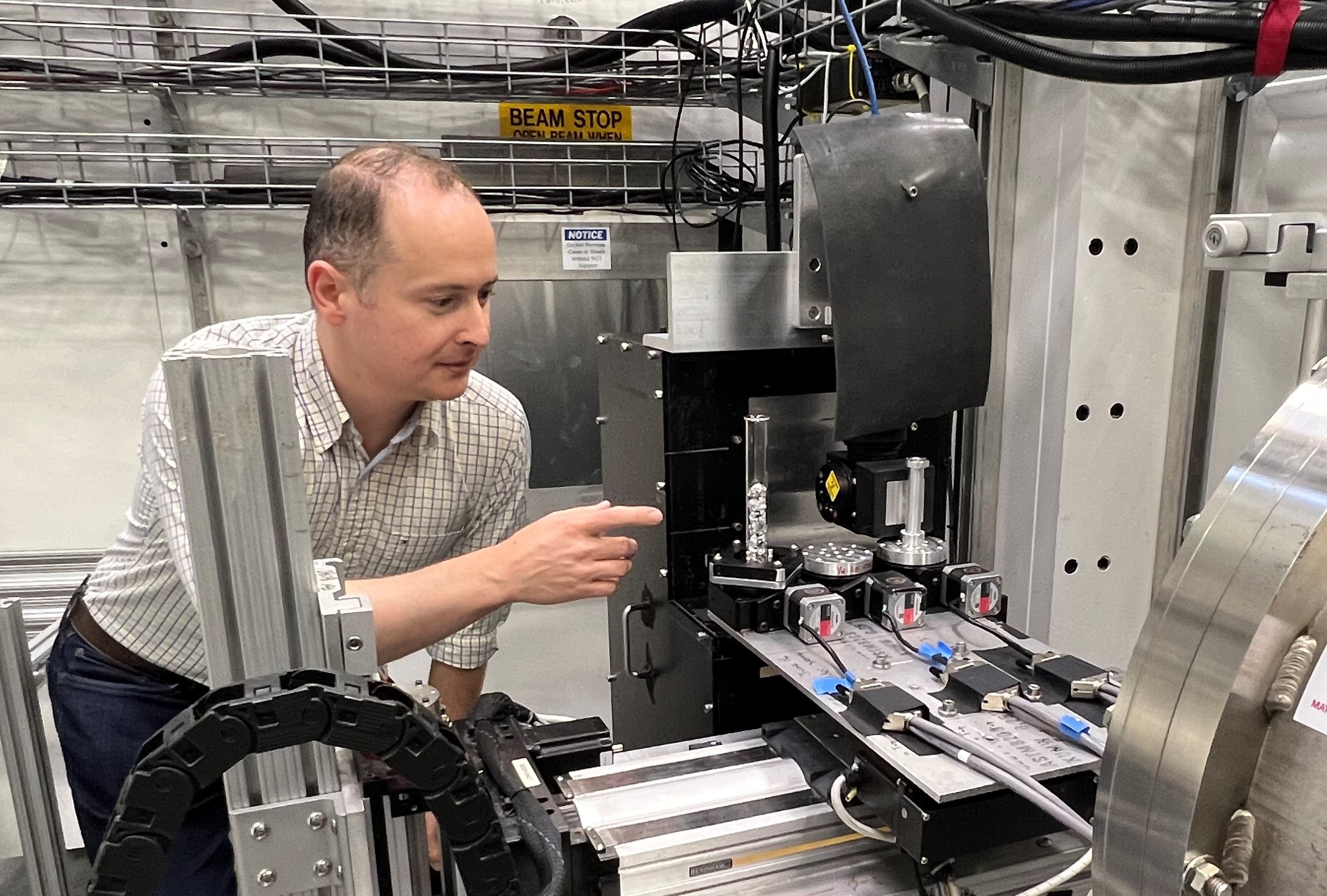
50 years after NASA’s Apollo mission, moon rocks still have secrets to reveal
NASA scientists are using neutrons at Oak Ridge National Laboratory to study moon rocks collected from the Apollo space missions. The samples are made of dust and rock fragments that combined and struck the moon’s surface possibly billions of years ago. As plans to travel to Mars progress, insights into the rocks could reveal more about the formation of the solar system and where water might be found on the moon.
Army strong: Research teams join forces to invent weld wire for tank, infrastructure repair
The U.S. Departments of Energy and Defense teamed up to create a series of weld filler materials that could dramatically improve high-strength steel repair in vehicles, bridges and pipelines. This novel weld wire could help revitalize America’s aging infrastructures, which in 2021 received a C- grade from the American Society of Civil Engineers.
COVID-19 research campaign moves from basic science to antiviral drug design
ORNL researchers have developed and tested novel small-molecule antivirals in an effort to design new drugs to treat COVID-19. The so called hybrid inhibitor molecules are made from repurposed drugs used to treat hepatitis C and the original coronavirus outbreak in the early 2000s. The experimental research results show the molecules are similarly as effective as some of the leading drugs on the market today.
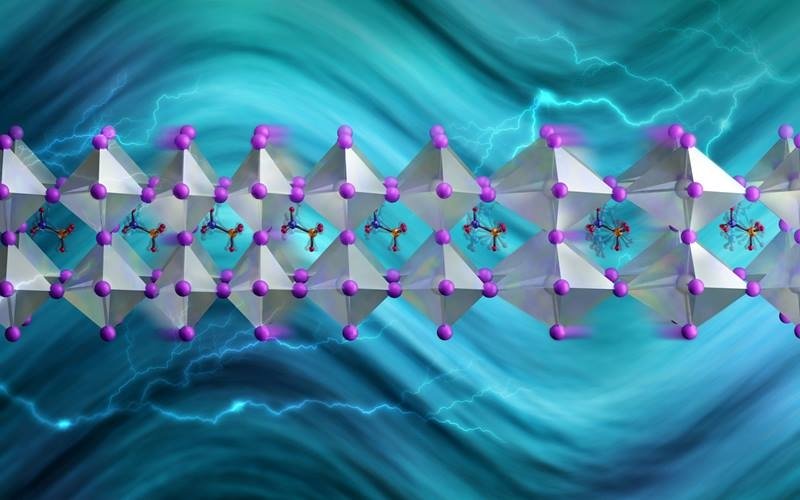
Some Like It Hot: Boosting Efficiency in Solar Cells
Novel hot-carrier solar cells convert sunlight to electricity more efficiently than conventional solar cells by harnessing charge carriers before they lose their energy to heat. A key to keeping electric charges hot longer is to slow the phonons that transport heat. Recent research shows that thermal transport—and thus performance—in hot-carrier solar cells can be reduced by replacing hydrogen atoms with heavier deuterium atoms.
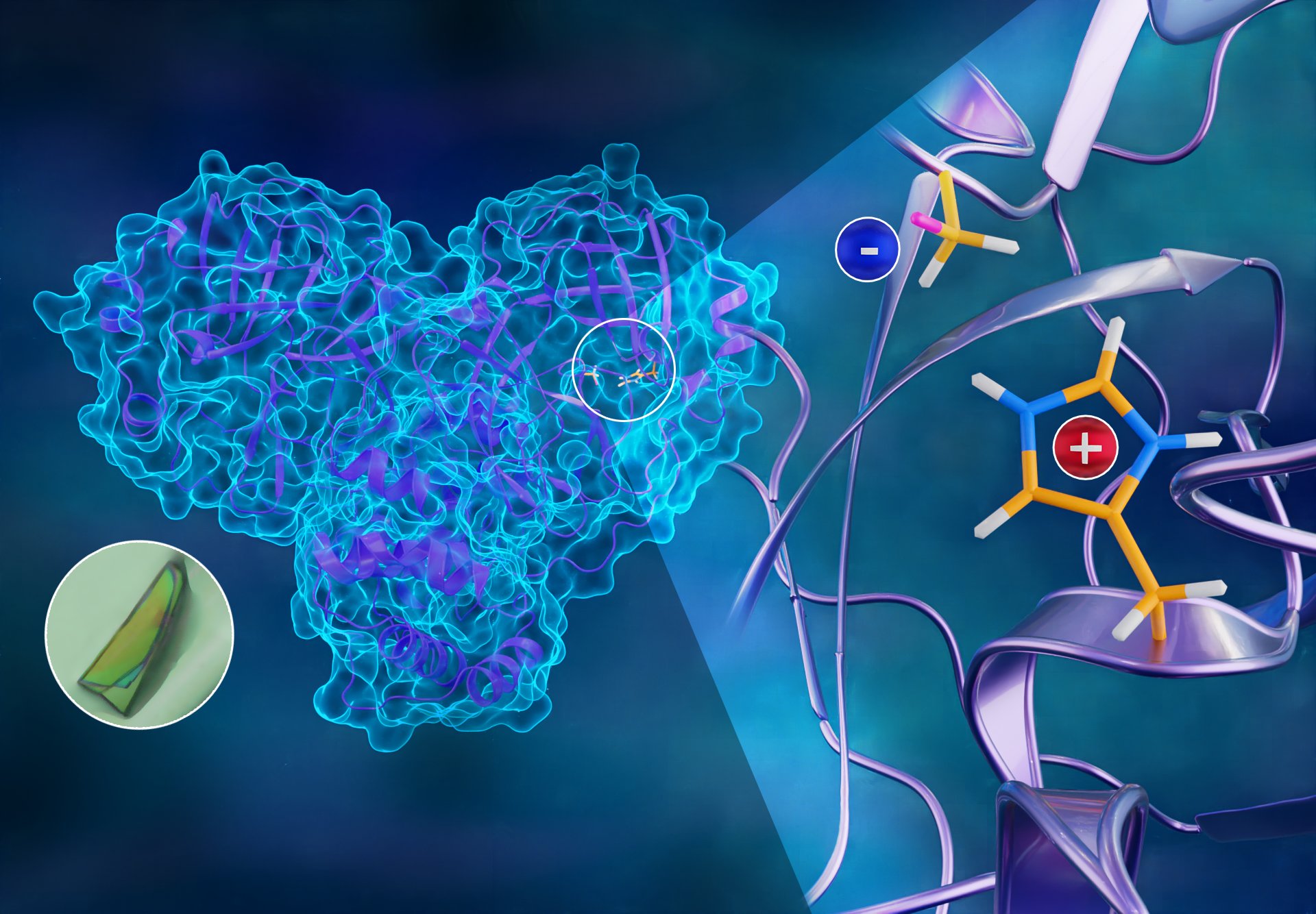
Neutrons chart atomic map of COVID-19’s viral replication mechanism
To better understand how the novel coronavirus behaves and how it can be stopped, scientists have completed a three-dimensional map that reveals the location of every atom in an enzyme molecule critical to SARS-CoV-2 reproduction. Researchers at the Department of Energy’s Oak Ridge National Laboratory used neutron scattering to identify key information to improve the effectiveness of drug inhibitors designed to block the virus’s replication mechanism.
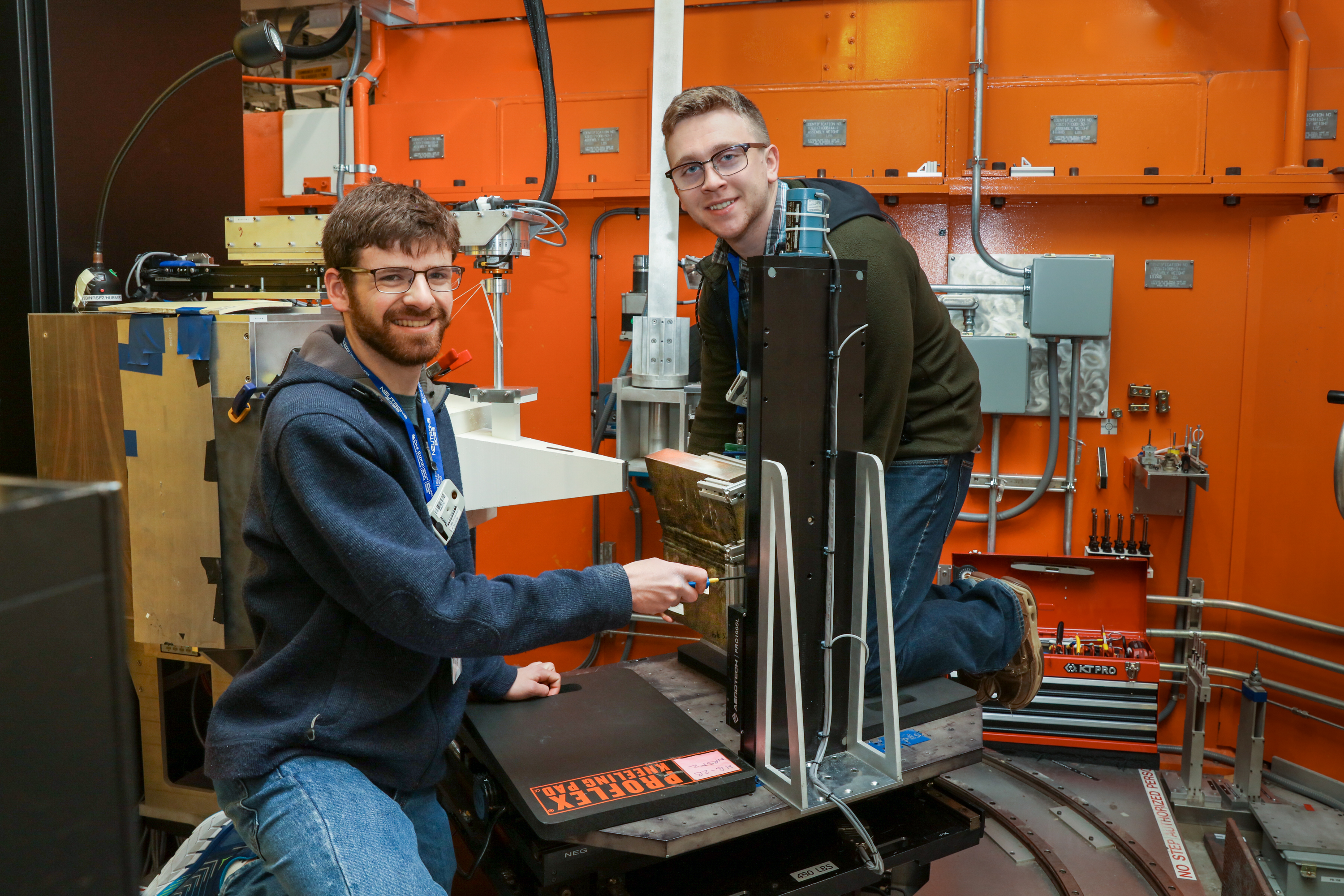
Colorado School of Mines researchers use neutrons to study weld-induced stress relief in renewable energy infrastructure
Researchers from the Colorado School of Mines used neutrons at Oak Ridge National Laboratory’s High Flux Isotope Reactor to measure residual stress of welds used to make large steel tanks that store molten salts for industrial concentrating solar plants.
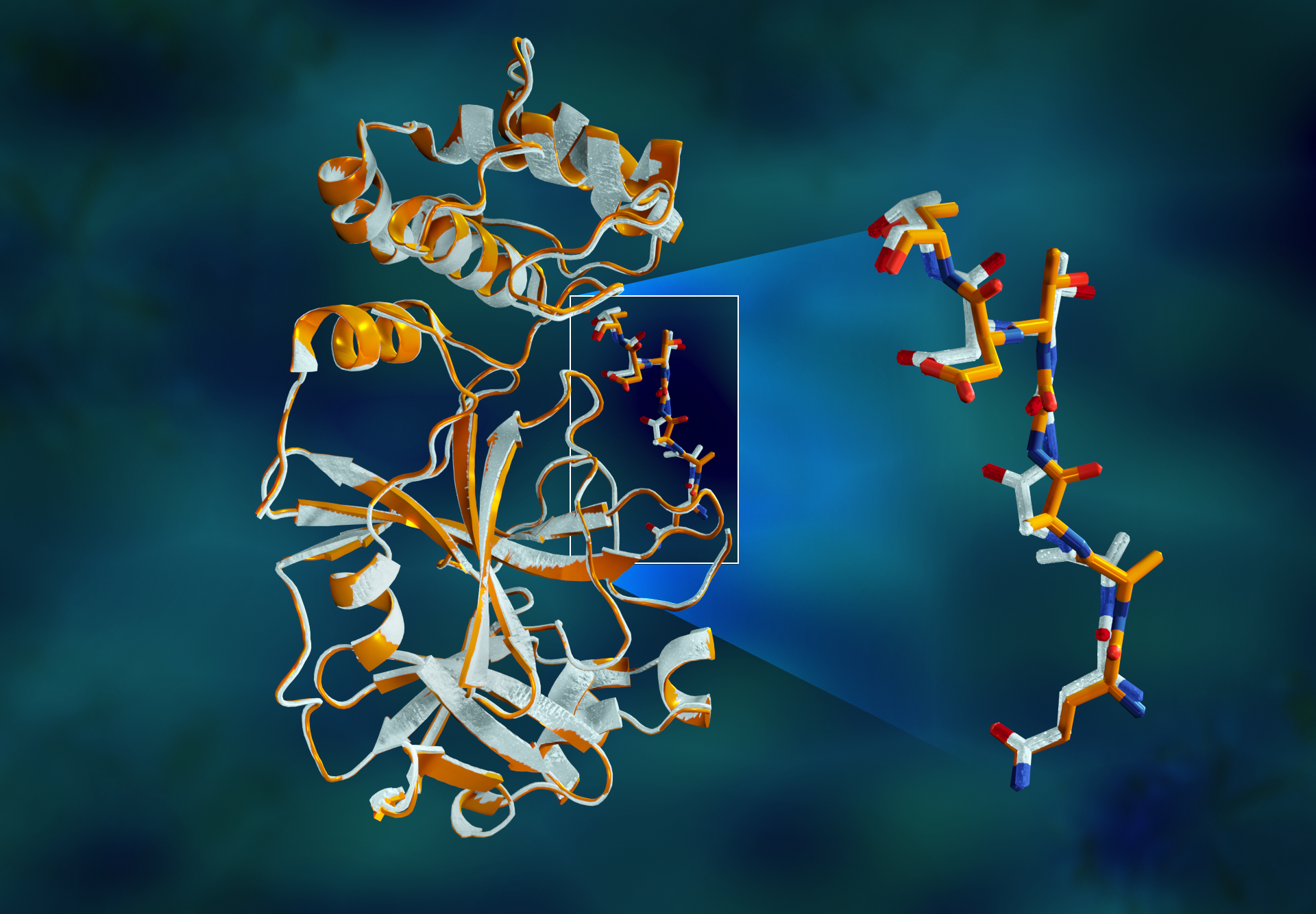
X-rays size up protein structure at the ‘heart’ of COVID-19 virus
Researchers have performed the first room temperature X-ray measurements on the SARS-CoV-2 main protease—the enzyme that enables the virus to reproduce. It marks an important first step in the ultimate goal of building a comprehensive 3D model of the enzymatic protein that will be used to advance supercomputing simulations aimed at finding drug inhibitors to block the virus’s replication mechanism and help end the COVID-19 pandemic.
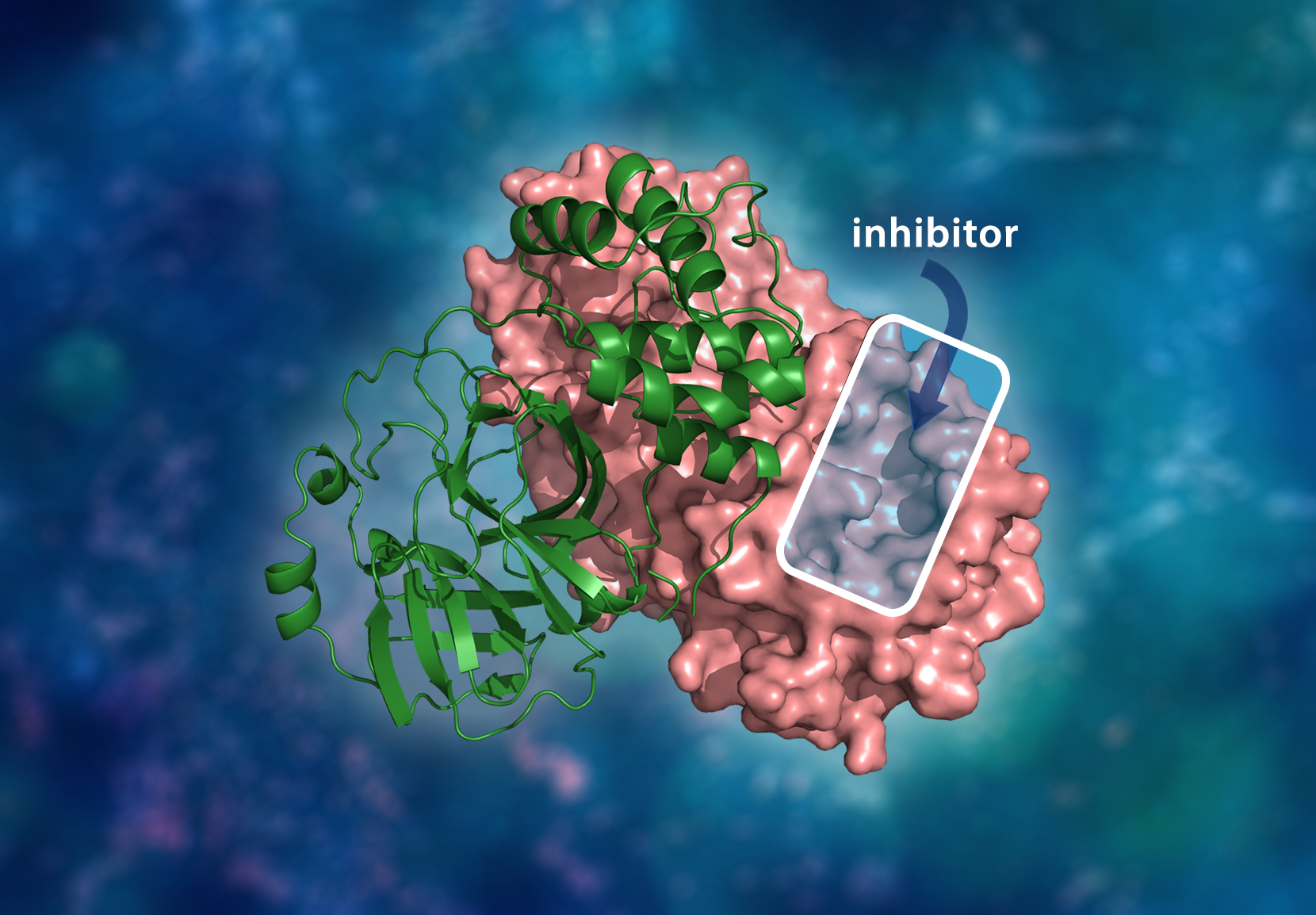
History of insightful HIV research inspires neutron scattering approach to studying COVID-19
What began as novel investigations into HIV, abruptly pivoted to the novel coronavirus as it began to spread across the globe. Now, ORNL researchers are using neutrons to learn more about the SARS-CoV-2 protease—a protein enzyme that enables the virus to replicate within the human body. Insights on the protein structure and its behaviors will be used to create more accurate models for simulations in aims of finding drug inhibitors to block the virus’s ability to reproduce.

Oak Ridge neutron facilities ramping up research to combat COVID-19
At Oak Ridge National Laboratory, it’s all-hands-on-deck for the world-leading experts in neutron scattering as they enter the fight against COVID-19. Researchers at the lab’s Spallation Neutron Source and High Flux Isotope Reactor have a plan of attack to unleash a full barrage of neutron capabilities in an ambitious set of experiments that will provide critical pieces of information about the virus’s biological structure and how it behaves.
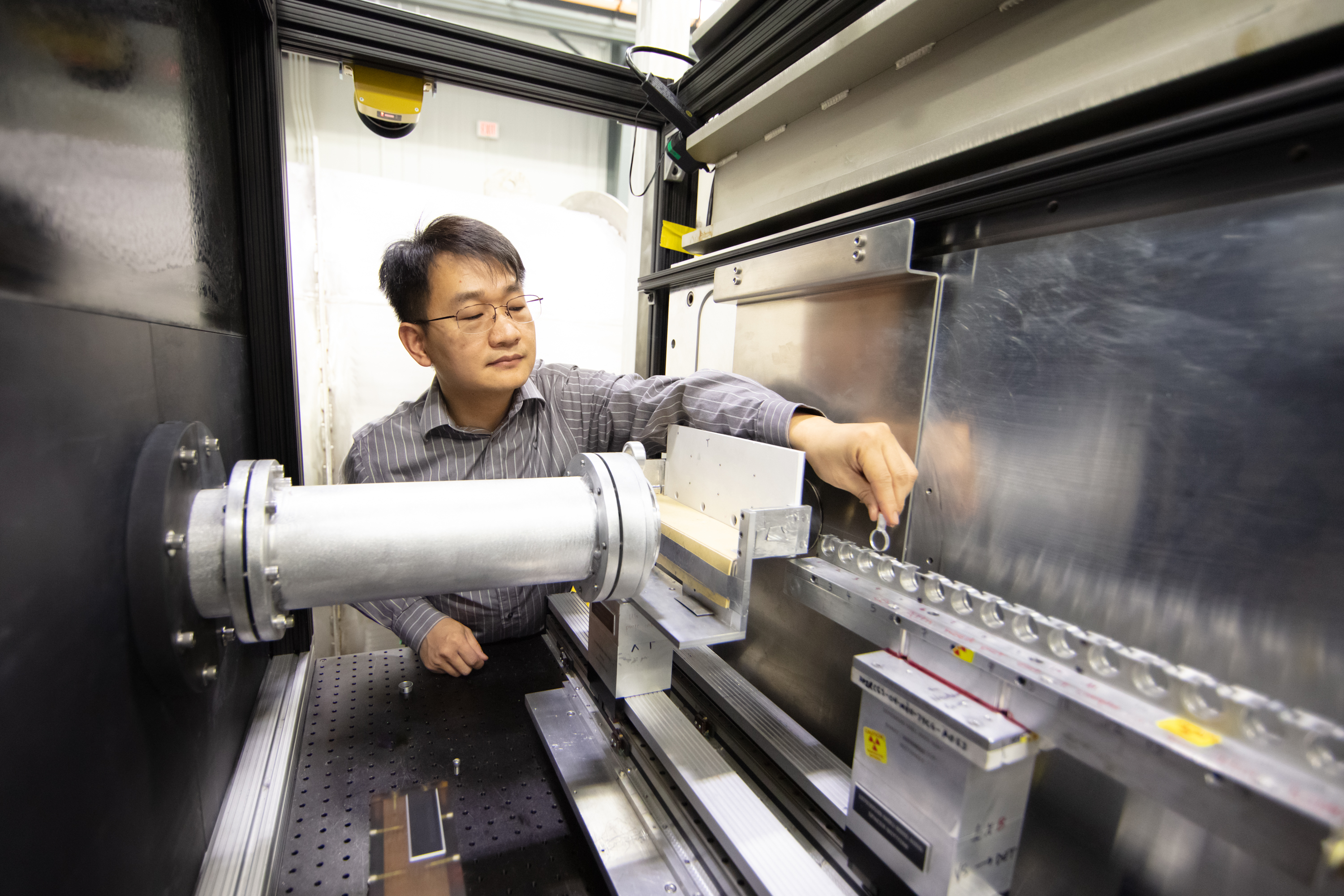
Self-assembly required: Neutrons probe novel polymer behavior for biomedical materials
LSU researchers are using neutron scattering at ORNL to study crystallization-driven self-assembly, a technique for forming nanoscale solid materials from solutions to understand how the technique could be used to craft controlled-shape nanostructures from polymers known as polypeptoids.
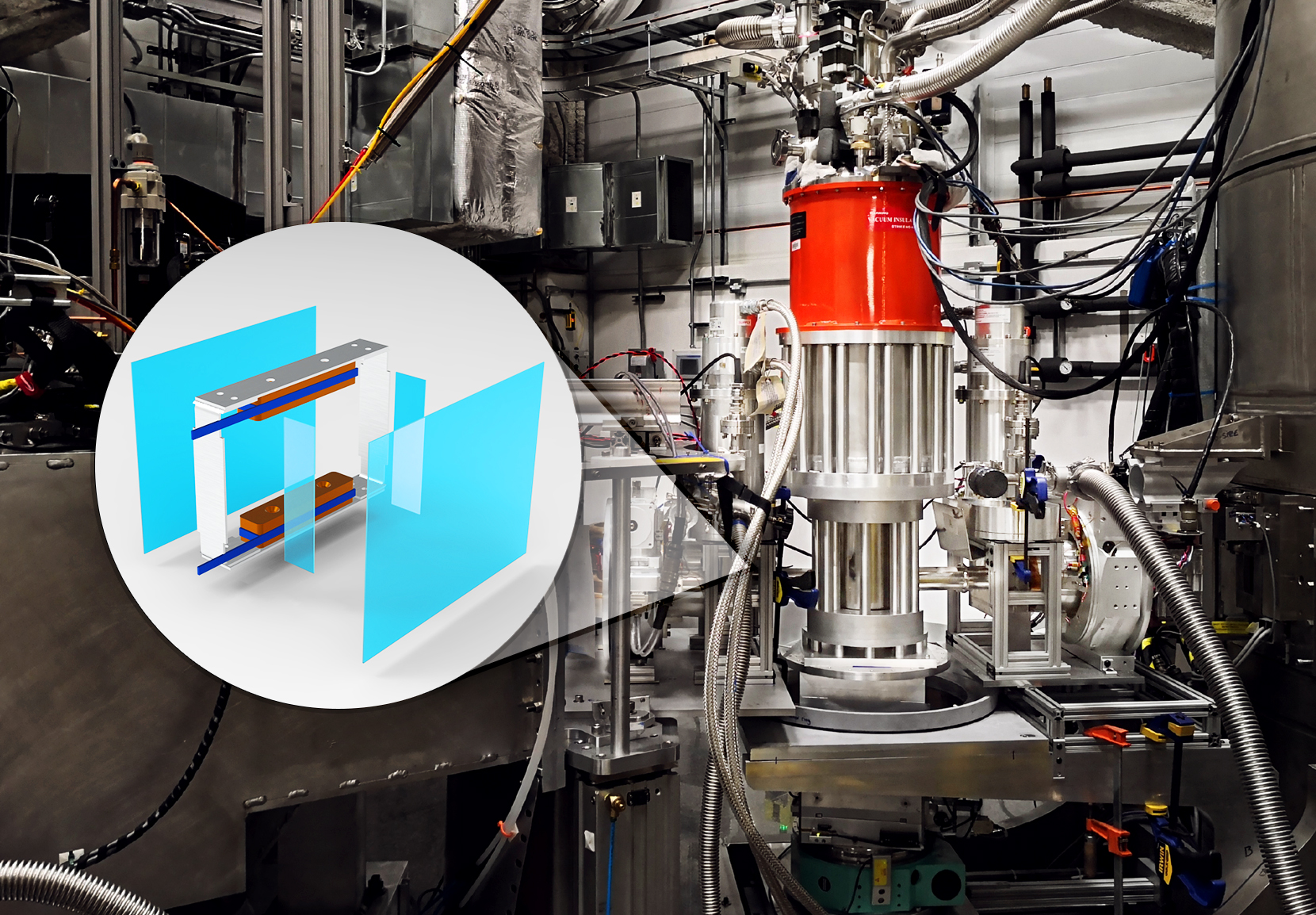
ORNL neutrons add advanced polarization capability for measuring magnetic materials
Neutron scattering instruments at ORNL’s HFIR and SNS are undergoing upgrades which will enable them to study magnetic phenomena previously not possible in the US. Incorporating a device for spherical neutron polarimetry enables the ability to characterize complex magnetic systems in new dimensions for materials that could be developed for enhanced data storage and quantum computing technologies.
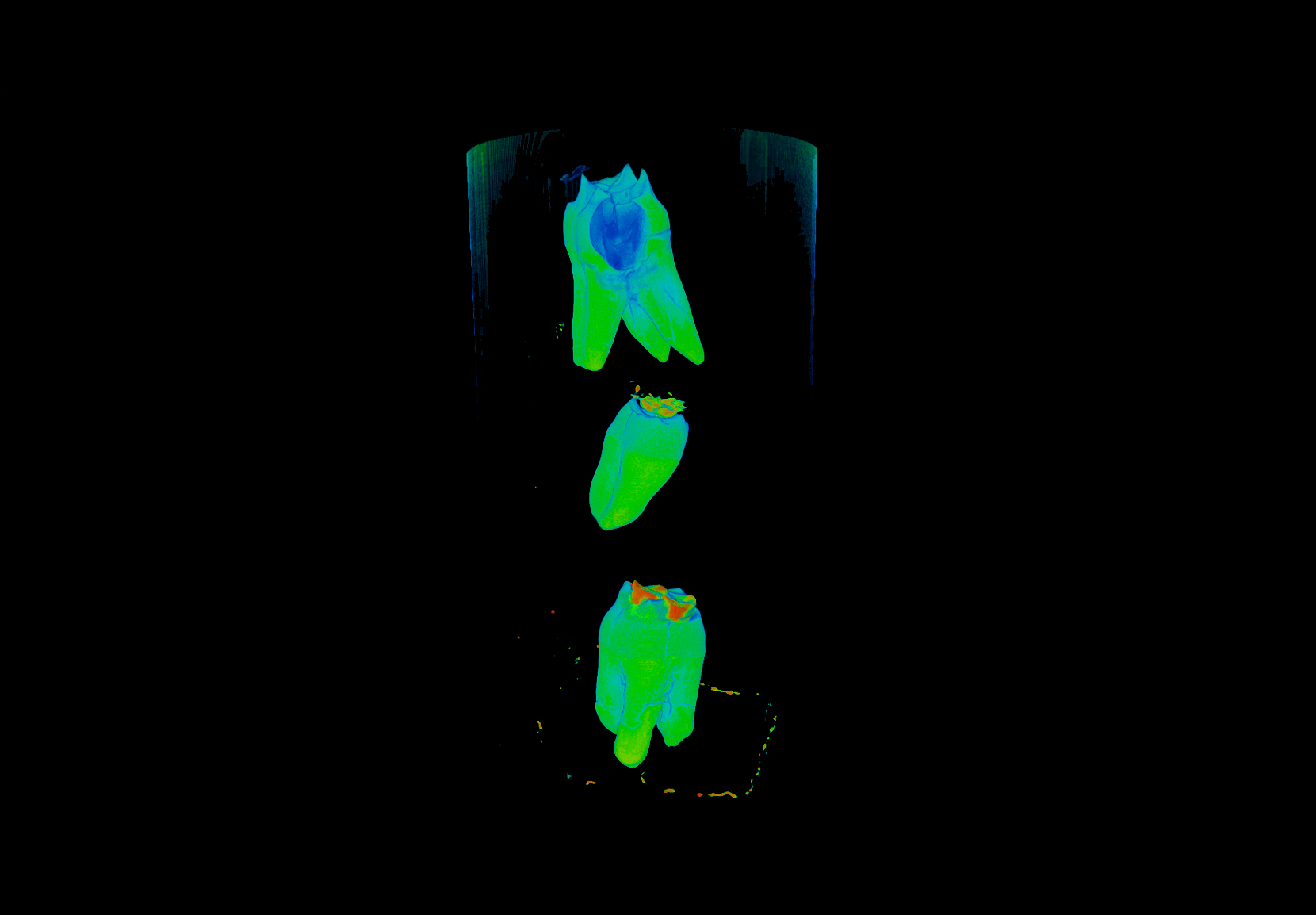
Scientists use neutrons to try to develop better, less costly dental restorations
Teeth damaged by trauma or disease require treatment to look and feel as good as new, but the restorative materials available to dentists don’t always last and can be costly for patients. Researchers from the University of Oklahoma Health Sciences Center’s College of Dentistry are using neutrons at ORNL’s High Flux Isotope Reactor to change that.

New ORNL software improves neutron spectroscopy data resolution
Neutron spectroscopy is an important tool for studying magnetic and thermoelectric properties in materials. But often the resolution, or the ability of the instrument to see fine details, is too coarse to clearly observe features identifying novel phenomena in new advanced materials. To solve this problem, researchers at Oak Ridge National Laboratory, developed a new super-resolution software, called SRINS, that makes it easier for scientists to better understand materials’ dynamical properties using neutron spectroscopy.